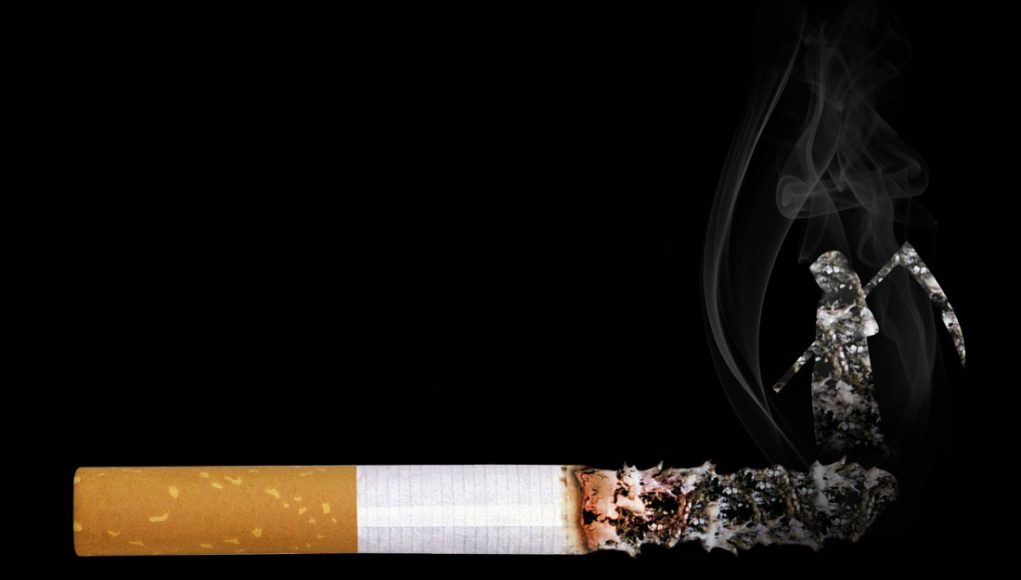Health Canada has just announced that tobacco manufacturers will be required to print warning labels directly on cigarettes sold locally, such as “Cigarettes cause cancer” and “Poison in every puff.” The measure will go into effect on August 1st and follows a 75-day public consultation period that started last year.
The move is part of ongoing efforts to reduce tobacco use in Canada to less than 5% by 2035. And the goal is that by April 2025, retailers in Canada will only carry tobacco products that feature the new warnings.
Sweanor explained that one needs to take into account the fact that Canadians remain largely misinformed about the availability of safer nicotine alternatives. “These additional messages are in the context of Canadians being hugely misinformed about options to reduce the risks of smoking cigarettes. Lower risk alternatives like nicotine pouches are banned, vaping has encountered a massive and depressingly successful misinformation campaign, snus and moist snuff have a tax-based disadvantage compared to cigarettes, heated tobacco is hugely restricted.
What we are seeing is akin to screaming ‘fire’ in a crowded theatre while having barricaded the exits. Then increasing the decibel level of the screaming to those unable to leave and hammering away on the horrendous experience of burning to death that awaits those who don’t escape.”
These factors added together are disempowering people addicted to smoking. “This is a recipe for shaming and stigmatizing people who smoke cigarettes rather than empowering them to make better health decisions. It is also happening at the same time as Canada has been rejecting such an approach on other areas of substance use.
To change behavior there needs to be both motivation and facilitation, and healthy choices should be made easy choices. This approach of ‘smite the smokers’ seems, like so many moralistic campaigns on substance use, sexual behaviors, etc., tailored to make its protagonists feel better rather than Canadian at risk getting better.”
Study reports inconclusive findings
In line with the Professor’s arguments, a recent study looking into the effectivity of graphic warning labels (GWL) on cigarette packs, reported inconclusive findings. Titled, “Effect of Graphic Warning Labels on Cigarette Packs on US Smokers’ Cognitions and Smoking Behavior After 3 Months,” the study consisted of a randomized clinical trial of the effect of a 3-month, real-world experience of cigarettes with GWL packaging.
The participants consisted of daily smokers from San Diego, California, aged 21 to 65 years, who were not ready to quit. The research team found that GWL decreased the positive perceptions of cigarettes without clearly increasing health concerns. Moreover, the warnings seemed to increase quitting cognitions, without affecting cigarette cessation or consumption levels.
“Placing graphic warning labels on US cigarette packs did not have an effect on smoking behavior; however, these findings suggest that they may enhance other tobacco control strategies to reduce cigarette smoking,” read the study Abstract.
U.S. tobacco firms to place warning signs in retail outlets
In other news, in December 2022, the U.S. Department of Justice (DOJ) announced that tobacco companies would be required to post signs warning about the dangers of smoking in retail stores. The requirement settled a long-standing civil racketeering lawsuit by the government against the largest U.S. cigarette companies; Altria, Philip Morris USA, R.J. Reynolds and ITG Brands (a subsidiary of Imperial).
The regulation is set to go into effect on July 1st, 2023, and gives the relevant manufacturers three months to post the mandated “corrective statements.” The range of statements include the following: “More people die every year from smoking than from murder, AIDS, suicide, drugs, car crashes, and alcohol, combined”; and “Smoking is highly addictive. Nicotine is the addictive drug in tobacco.”
In a press statement about the DOJ’s action Director of the FDA’s Center for Tobacco Products (CTP), Brian King, said that this regulation highlights the government’s commitment towards public health. However, THR experts highlighted that this was a lost opportunity to raise awareness about tobacco harm reduction.
“It’s important to recognize that the original court decision, and the industry behaviour it addressed, predated the emergence of e-cigarettes in the United States, and the mandated corrective statements importantly highlight the priority of dramatically reducing combustible tobacco use,” said the director of the University of Michigan Tobacco Research Network Cliff Douglas.








